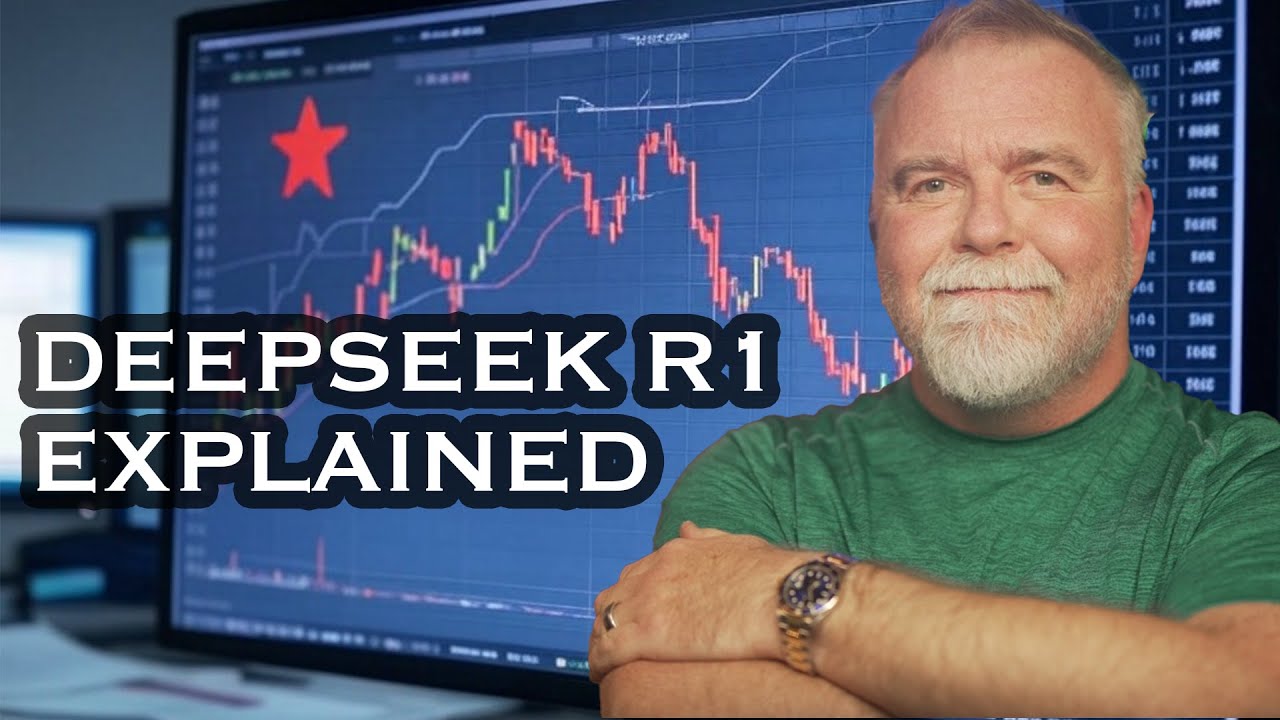In the video, retired Microsoft engineer Dave Plumber discusses China’s open-source AI model, Deepseek R1, likening its launch to a “Sputnik Moment” that challenges the dominance of established American AI companies by offering comparable performance at a lower cost. He highlights the model’s efficiency and accessibility for smaller entities, while also noting potential challenges such as knowledge depth and bias transfer from larger models.
In the video, retired Microsoft engineer Dave Plumber discusses the implications of China’s open-source AI model, Deepseek R1, which he describes as a potential “Sputnik Moment” for the tech industry. He compares the launch of Deepseek R1 to the launch of Sputnik, suggesting that it challenges the long-held belief that AI supremacy lies with established American companies like OpenAI and Anthropic. The model reportedly matches or exceeds the performance of leading AI models while being developed at a fraction of the cost, raising concerns among major players in the industry.
Deepseek R1 is characterized as a distilled language model that leverages the capabilities of larger foundational AI models to create a more efficient and cost-effective alternative. By using a technique called distillation, Deepseek R1 is trained on smaller scales, allowing it to operate effectively without the need for massive data centers. This approach enables the model to run on consumer-grade hardware, making advanced AI more accessible to smaller companies, research labs, and hobbyists.
The video explains how Deepseek R1’s training process involves mimicking the outputs of larger models, allowing it to produce high-quality responses without needing to replicate the entire computational power of its predecessors. By incorporating insights from multiple AI architectures, including open-source models, Deepseek R1 achieves a level of adaptability that is rare for smaller models. The open-source nature of Deepseek R1 also allows for greater transparency regarding potential biases and limitations in the model.
While Deepseek R1 presents significant advantages, it also comes with challenges. Smaller models may struggle with depth and breadth of knowledge, leading to potential inaccuracies or “hallucinations” in their responses. Additionally, the reliance on larger models for training means that any biases present in those models could be passed down to Deepseek R1. Despite these risks, the model’s efficiency and lower barrier to entry could democratize AI access, paving the way for more localized and specialized applications.
In conclusion, Deepseek R1 represents a shift in the AI landscape, signaling that China is a formidable competitor in the global AI race. Its open-source nature could disrupt the market for proprietary models, particularly affecting American companies that rely on subscription-based revenue. As the technology evolves, it remains to be seen how Deepseek R1 will perform in real-world applications and whether it can maintain its competitive edge against larger players in the industry.
